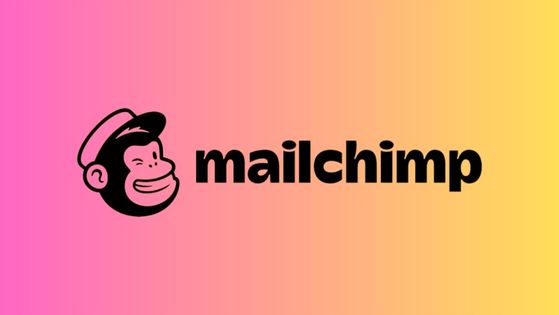As a business owner, you know that building and maintaining relationships with your customers is essential to the success of your business. One of the most effective ways to do this is through email marketing, and Mailchimp is one of the most popular email marketing platforms on the market. One of the features that sets Mailchimp apart from its competitors is its use of tags. So, we’ll explore how to use Mailchimp tags.
Mailchimp tags allow you to label your contacts with specific information about them, such as their interests, preferences, and behavior. By using tags effectively, you can send targeted and personalized emails to your subscribers that are more likely to engage them and drive sales. In this article, we’ll describe how to use Mailchimp tags to improve your email marketing campaigns.

How to use MailChimp tags
Understand the Basics of Mailchimp Tags
Before you can start using Mailchimp tags, it’s essential to understand the basics of how they work. A tag is a label that you can assign to a subscriber in your Mailchimp account. You can use tags to categorize your subscribers based on specific criteria, such as their purchase history, engagement level, location, or any other data point that you find relevant.
To create a tag in Mailchimp, you need to navigate to the Audience section of your account and select a subscriber or a group of subscribers that you want to tag. Then, click on the “Tags” button, and a pop-up window will appear, allowing you to create a new tag or select an existing one. Once you’ve created a tag, you can apply it to any subscriber in your audience.
Use Tags for Segmentation
One of the most powerful ways to use Mailchimp tags is for segmentation. Segmentation is the practice of dividing your email list into smaller groups based on specific criteria, such as demographics, interests, behavior, or engagement level. By segmenting your list, you can send more relevant and targeted emails to each group, improving their open rates, click-through rates, and overall engagement.
Tags are an excellent tool for segmentation because they allow you to categorize your subscribers based on any data point that you find relevant. For example, you could create tags for subscribers who have made a purchase in the last 30 days, subscribers who live in a particular region, or subscribers who have clicked on a specific link in one of your emails. By segmenting your list based on these tags, you can send more personalized and relevant emails that are more likely to resonate with each group.
Personalize Your Emails with Tags
Another way to use Mailchimp tags is to personalize your emails. Personalization is the practice of customizing your emails based on specific information about your subscribers, such as their name, location, or interests. Personalized emails have been shown to be more effective than generic emails, as they make your subscribers feel valued and understood.
Mailchimp tags can help you personalize your emails by allowing you to insert dynamic content based on specific tags. For example, you could use a tag to insert a subscriber’s first name into the greeting of your email, or you could use a tag to display products that are relevant to a subscriber’s previous purchases. By using tags to personalize your emails, you can increase your open rates, click-through rates, and overall engagement.
Automate Your Emails with Tags
Mailchimp also allows you to automate your emails using tags. Automation is the practice of sending targeted and timely emails to your subscribers based on specific triggers, such as a new subscriber joining your list or a subscriber making a purchase. By automating your emails, you can save time and effort while still providing your subscribers with relevant and timely content.
Tags can be used to trigger your automated emails in several ways. For example, you could create a tag for subscribers who have abandoned their shopping carts, and use that tag to trigger an automated email to remind them to complete their purchase. Or, you could use a tag to trigger an automated email when a subscriber reaches a particular milestone, such as their birthday or their anniversary of joining your list. By using tags to automate your emails, you can provide your subscribers with targeted and personalized content without having to do it manually.
Track Your Campaign Performance with Tags
Finally, Mailchimp tags can help you track the performance of your email marketing campaigns. By assigning tags to your subscribers, you can track their behavior and engagement with your emails. For example, you could create a tag for subscribers who have opened all of your emails in the last 30 days, or a tag for subscribers who have clicked on a particular link in your emails.
By tracking your subscribers’ behavior and engagement with tags, you can gain insights into what works and what doesn’t work in your email marketing campaigns. You can use this information to optimize your campaigns, improve your open rates and click-through rates, and ultimately, drive more sales and revenue for your business.
Conclusion
Mailchimp tags are a powerful tool for improving your email marketing campaigns. By using tags for segmentation, personalization, automation, and tracking, you can send more targeted and personalized emails to your subscribers that are more likely to engage them and drive sales. To get started with Mailchimp tags, take some time to think about what criteria you want to use to categorize your subscribers, and then create tags based on those criteria. With a little bit of planning and effort, you can use Mailchimp tags to take your email marketing to the next level.
